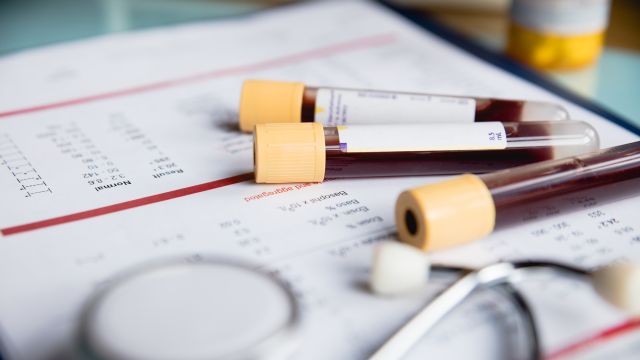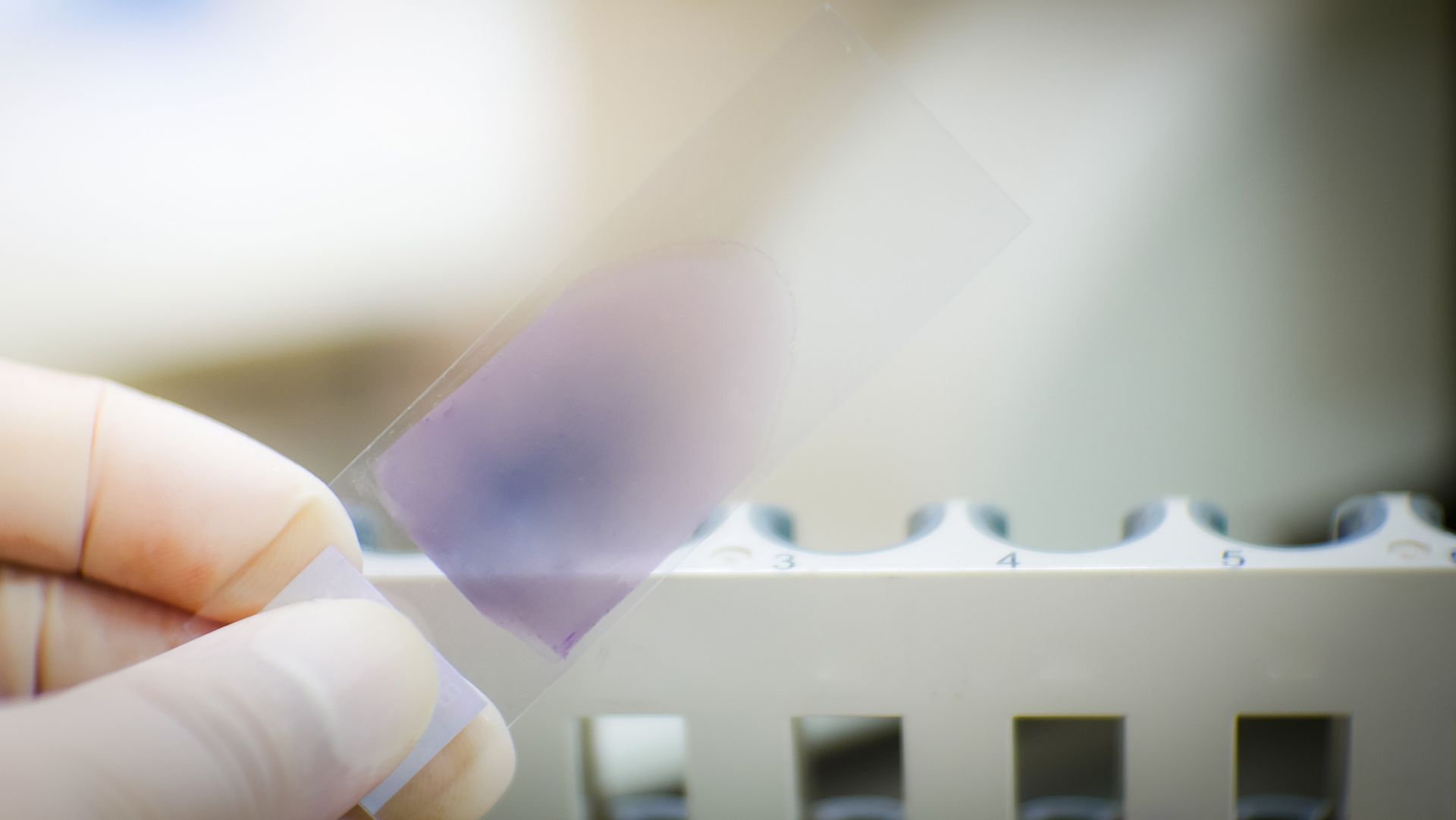Chronic myeloid leukemia (CML) is a type of cancer that causes an uncontrolled growth of myeloid cells.
Myeloid cells are a category of white blood cell that are made in the bone marrow. There are different types of myeloid cells which have specific functions. Collectively, myeloid cells are an important part of the immune system—they help the body fight infection, repair damaged tissue, and maintain normal cellular function.
CML causes the uncontrolled growth of myeloid cells, including immature white blood cells called myeloblasts or blast cells. These abnormal white blood cells can disrupt the balance of healthy cells in the blood and bone marrow, which can affect the body in several different ways.
Anemia
Anemia is a condition that results when the body does not have an adequate number of red blood cells. Red blood cells carry oxygen throughout the body. CML can cause anemia because resources and energy are being directed toward the overproduction of abnormal white blood cells, leaving too little left over to maintain the normal production of red blood cells. People who are anemic often feel fatigued, weak, lightheaded, and cold. They may also experience shortness of breath.
Low platelet counts
Platelets are small red blood cell fragments that circulate in the blood. Platelets help blood clot when a person has an injury such as a cut or scrape. Platelets also help repair damaged blood vessels and help maintain the integrity of blood vessels. People with CML may have platelet counts that are too low. They may also have very high platelet counts, but platelets that do not function normally. As a result, they may bruise and bleed easily—for example, nosebleeds or bleeding excessively from the gums when cleaning their teeth.
Increased risk of infections
Abnormal white blood cells do not function properly, and do not protect the body from infections or repair damage. People with CML will have high levels of abnormal white blood cells, but low levels of healthy white blood cells, putting them at greater risk for infections and other diseases.
Enlarged spleen
Abnormal white blood cells can also accumulate in the spleen, an organ located in the abdomen, near the stomach. This can lead to the spleen becoming enlarged. People with CML sometimes experience a decrease in appetite or a feeling of fullness due to an enlarged spleen pressing against the stomach. They may also experience abdominal pain. In some cases, an enlarged spleen can be treated with chemotherapy or radiation therapy. In other cases, the spleen may need to be removed with surgery.
Hematologic response
The preferred treatments for CML are targeted therapy drugs called tyrosine kinase inhibitors, or TKIs. These drugs kill abnormal white blood cells and help control the disease. One of the markers of whether a treatment is working is hematologic response—if blood cell counts return to normal with treatment. People living with CML will have regular blood work to monitor blood cell counts.
Chemotherapy, immunotherapy, and stem cell transplants are also used in some cases. The treatment approach for CML will depend on a number of different factors, including the phase of the CML, the symptoms, a person’s overall health and medical history, and how they respond to initial treatment.






